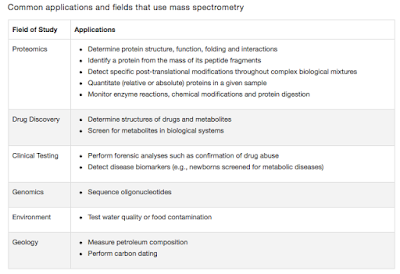Understanding Anelloviruses
Recall that I have recently written a post on human blood virome and one of the major findings was that there are a lot of viruses in human blood circulation that is apparently normal. A major critique of the study is that there are a lot of contamination issues to be ruled out. It is really not clear as to if the virus is actually in the blood, or has been introduced from the skin during the collection procedure. If you look at the past literature on WGS technology it is undisputedly clear that in most cases skin microbiome is introduced during blood collection even when sterile precautions are taken, at a non-negligible level. One virus that was particularly striking was Anellovirus, something not many people have heard about. That is the point of discussion here.
 |
Photo: Torque teno virus.
|
Anellovirses are non-enveloped, icosahedral symmetry virus (T=1) with a genome containing a circular single-stranded DNA coding for 3 major open reading frames (ORFs). In addition, they carry several small ORFs and untranslated regions (See Fig 1). Torque teno virus (TTV), is the most studied member of the group which was first reported in 1997 in a Japanese patient post-transfusion. 2 more virus that is now commonly talked about includes Torque teno mini virus (TTMV) and Torque teno midi virus (TTMDV). Subsequently, there have been several different studies on Anellovirus in blood and blood derived products. In all of the studies, Anelloviruses have been found in varying percentages.
 |
| Fig 1: Genome organization of Torque teno virus. Source |
It is my understanding that Anelloviruses was previously described as under the family Circoviridae, genus Anellovirus. Currently, Anellovirus itself is the family and have several genera under them. See Table 1 for a compiled information on the classification details.
Anellovirus infection though earlier thought to be more of blood-related have been identified as ubiquitous and estimates are that as much as 90% of global population harbours Anellovirus. This can be seen by detecting the sequences in at least one of the biological samples such as blood, skin, saliva, gut etc. Further, these are not human specific and Anelloviruses have been found in other species such as human primates and wide variety of domestic animals.
 |
| Table 1: Anellovirus classification. |
Anelloviruses have been implicated as a correlation with conditions such as fever and associated with hepatitis virus infections. However, they appear to be more of a random phenomenon and no study has been published implicating them as a significant contributor and modulator of a clinical condition. For the time being at least, they appear to be floaters (Commensals) and nothing much of their biology is known.
References
1. McElvania TeKippe E, Wylie K, Deych E, Sodergren E, Weinstock G, Storch G. Increased Prevalence of Anellovirus in Pediatric Patients with Fever. PLoS ONE. 2012;7(11):e50937.
2. Al-Qahtani A, Alabsi E, AbuOdeh R, Thalib L, Nasrallah G. Prevalence of anelloviruses (TTV, TTMDV, and TTMV) in healthy blood donors and in patients infected with HBV or HCV in Qatar. Virology Journal. 2016;13(1).
3. Spandole S, Cimponeriu D, Berca LM, Mihăescu G. Human anelloviruses: an update of molecular, epidemiological and clinical aspects. Arch Virol. 2015 Apr;160(4):893-908





Comments
Post a Comment